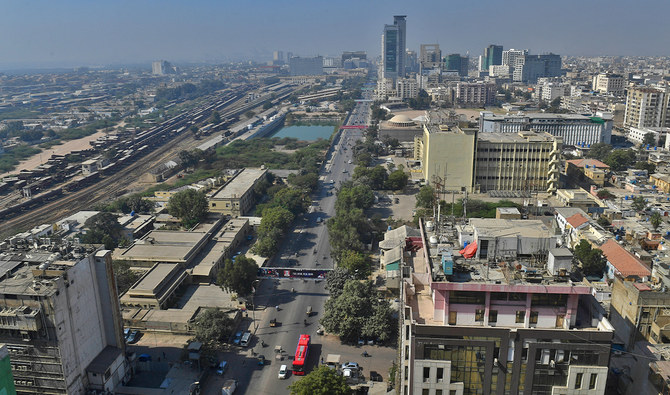KARACHI: The Special Investment Facilitation Council (SIFC) of Pakistan on Tuesday launched a business- and investor-friendly visa service to facilitate international entrepreneurs seeking to operate in the country by making financial investments.
The SIFC is a civil-military hybrid body to fast-track decision-making and investment from foreign countries that was inaugurated in June with an aim to promote exciting business opportunities in various sectors that include agriculture, mining, information technology and defense.
The council was set up as Pakistan faced tough economic challenges amid dwindling forex reserves and rapidly depreciating national currency.
“SIFC proudly unveils the exclusive SIFC Visa,” it said in a social media post. “Designed with distinction, it caters to visionary investors and dynamic business leaders.”
The SIFC’s social media post was also accompanied by a short video that said the duration of visas varied between six months to five years.
The council promised to grant these travel permits within 24 hours to interested parties who had submitted passports, photographs and SIFC recommendation letters.
The video noted that those who wanted to establish or expand business in the country could choose between six-month, single-entry or five-year, multiple-entry business visas.
However, the individuals who were interested in investing in the country’s designated economic sectors could opt for three- or five-year multiple-entry investor visa.
The SIFC said these visas were extendable by two years, though the processing time for that would be two weeks.
The council’s recent move followed its executive committee meeting earlier this month. The meeting also focused on administrative issues related to setting up economic zones while discussing the privatization process in the country.


























